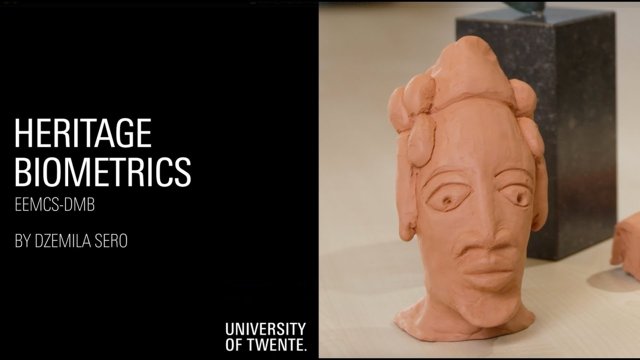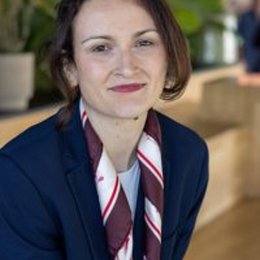On the occasion of Amsterdam 750, the Royal Palace Amsterdam and the Rijksmuseum join forces in the first major exhibition dedicated to Artus Quellinus, the most important Baroque sculptor of the Dutch Golden Age. Meanwhile, behind the scenes, a special UT scientific project by Dzemila Sero is taking place: for the first time, human impressions and fingerprints on Quellinus' terracotta models are being systematically examined with groundbreaking results.
The study is led by Sero, who collaborates with a broad team of art historians, curators, photographers from the Rijksmuseum, forensic fingerprint specialists from the Netherlands Forensic Institute (NFI) in The Hague, and international museums and private collections. In this multidisciplinary project, human traces in the terracotta, such as fingerprints and hand impressions, are meticulously analysed. These traces provide unique insights into the creative process of Quellinus and his studio.
The research started with a small selection of terracotta sculptures on loan from the Rijksmuseum and the Royal Palace Amsterdam. After the initial success, the method is now being applied to a wider group of objects, which are still under analysis. The search is also being expanded to include works by Quellinus in other institutions, including the SMK in Copenhagen and private collections.
The findings not only contribute to a better understanding of Quellinus' working methods, but also to broader questions about authorship, studio practices and use of materials in the seventeenth century. The results of the study will be published later this year.
The exhibition Artus Quellinus – Sculptor of Amsterdam runs from 18 June to 27 October 2025 at the Royal Palace Amsterdam, and shows more than 100 of Quellinus' masterpieces from the Netherlands and abroad, including sculptures that have never been shown in the Netherlands before.
Photo: Sea Gods Paying Homage to Amsterdam: Model for the East Tympanum of the Amsterdam Town Hall (now Royal Palace) at Dam Square. Artus Quellinus (I), Amsterdam, c. 1653 - c. 1656).








